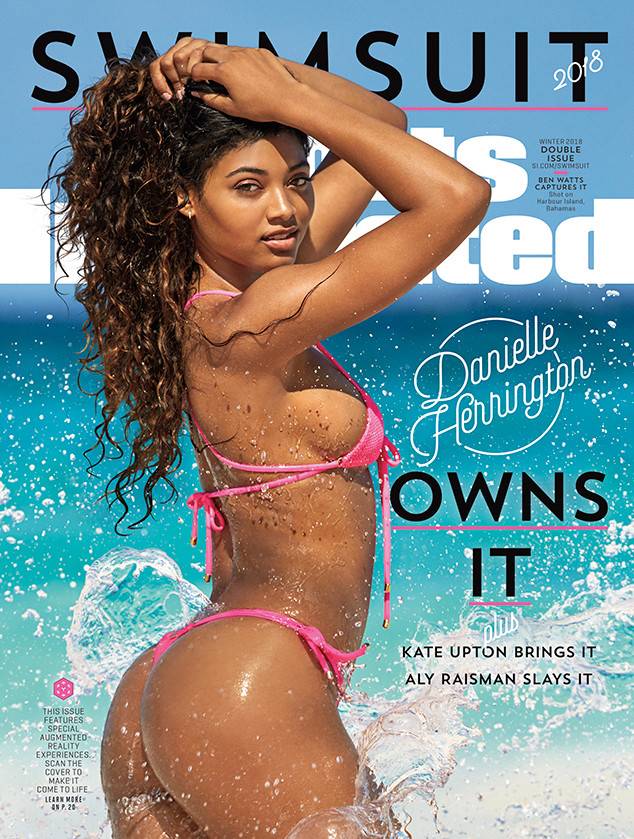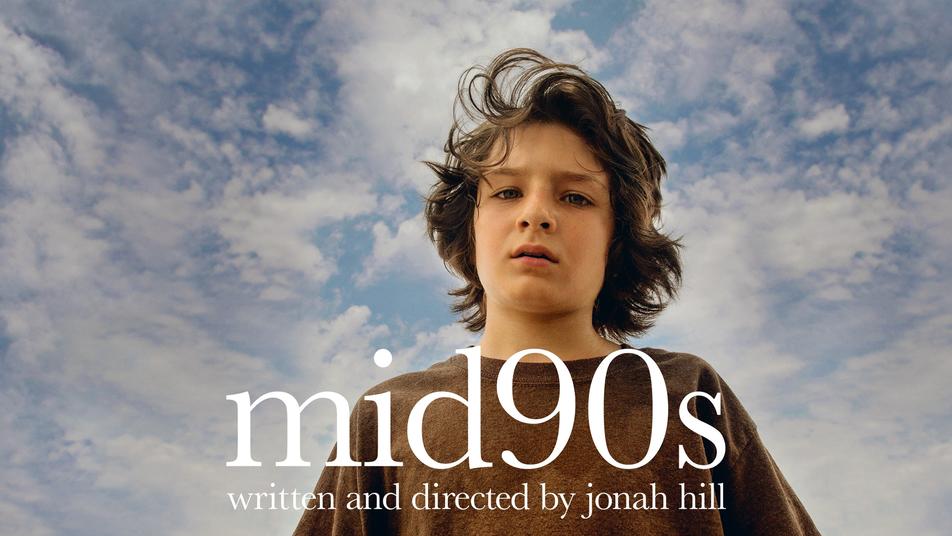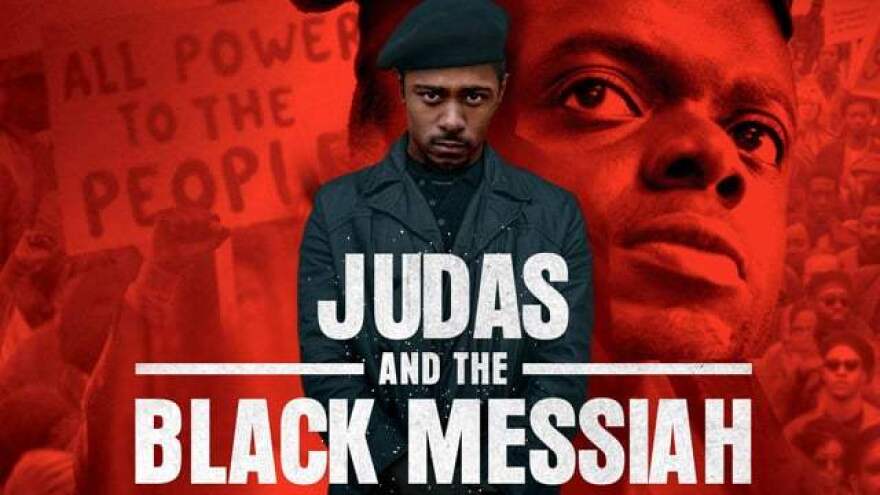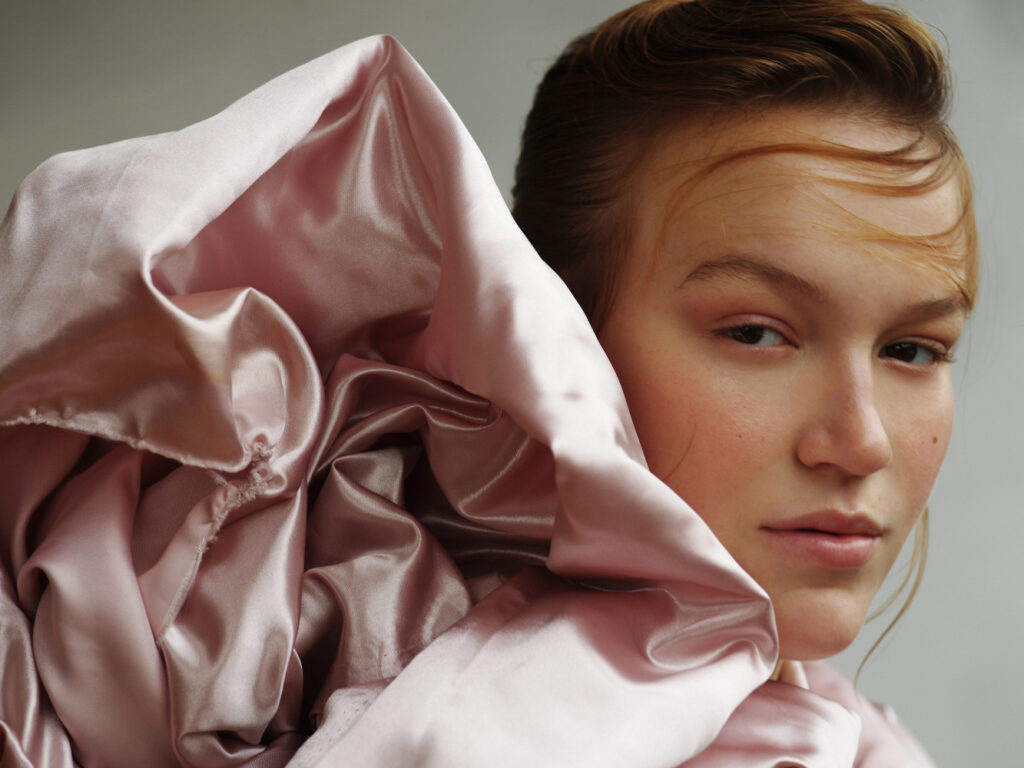Success Stories
Danielle Herrington
Danielle Herrington began her modeling career at the age of 10, attending the John Casablancas’ modeling school. Following in the footsteps of Tyra Banks, she achieved a significant milestone 11 years later. In February 2018, Herrington made history as the third black woman to grace the cover of the Sports Illustrated Swimsuit Issue, joining the ranks of Tyra Banks and Beyoncé.
Sunny Suljic
At just 8 years old, Sunny Suljic auditioned for the role of Atreus in the highly acclaimed video game God of War. He landed the role and went on to provide the voice and motion capture for Atreus in the game’s 2018 release, as well as its 2022 sequel, God of War Ragnarök.
Suljic’s talent didn’t stop there, as he also took on the lead role of Stevie in the 2018 drama film Mid90s, directed by Jonah Hill. For his standout performance, he earned a nomination for Best Young Performer at the Critics’ Choice Movie Awards.
Lakeith Stanfield
LaKeith Stanfield began his acting career by studying at John Casablancas Centers, and since then has built an impressive resume with over two dozen feature films to his name. Among these, three films have even contended for Best Picture at the Oscars.
It all began with “Selma” in 2015, followed by “Get Out” in 2018, and now “Judas and the Black Messiah.” This third time proved to be the charm for Stanfield, as he earned a well-deserved Academy Award nomination for Best Supporting Actor in March 2021.
Kylie Lauren
Ford Models has recently relaunched its Curve division after a 10-year hiatus. This division has a rich history of launching the careers of notable Curve models, such as Ashley Graham and Crystal Renn.
Among the Curve models that Ford will be representing is Kylie Lauren, who hails from John Casablancas Connecticut. With previous modeling experience for brands such as Pink! and SKIMS, Lauren has also graced the runways of NYFW multiple times, working with renowned designers such as Christian Siriano.
Talent Categories
The entertainment industry is constantly evolving and although so-called ”Supermodels” may share a certain look or body type, the truth is there are thousands of highly successful models, of all shapes, sizes, ages, ethnicities around the world and we want to work with all of them. That’s right, although we do not accept everyone into one of our programs, we are 100% inclusive of all types of talent.
In the entertainment industry, there are several types of modeling, including:
- Fashion modeling: models are used to showcase clothing and accessories for designers, brands, and retailers.
- Commercial modeling: models are used in advertising campaigns for products and services.
- Print modeling: models are used in magazines, catalogs, and other print media.
- Runway modeling: models are used in fashion shows to showcase clothing and accessories.
- Promotional modeling: models are used at events to promote products and services.
- Live performance modeling: models are used in live performances, such as theater and dance productions.
- Specialty modeling: models may be used to showcase specific physical attributes, such as body art, tattoos, or body piercings.
- Voice-over modeling: models are used to provide voices for animation, video games, and other media.
- Virtual modeling: models are used in digital or virtual environments, such as video games or virtual reality experiences.
Social Media Modeling: models are used to promote products and services through social media platforms, like Instagram, TikTok, and Facebook. These models are considered to be Brand Ambassadors Influencers or Creators.
In the entertainment industry, there are several main types of acting, including:
- Theater acting: actors perform live on stage in front of an audience.
- Film acting: actors perform in front of a camera for movies and television shows.
- Television acting: actors perform in front of a camera for television shows and commercials.
- Voice-over acting: actors provide voices for animation, video games, and other media.
- Improvisational acting: actors perform without a script, relying on improvisation to create a performance.
- Musical theater acting: actors perform in musical productions, combining singing, dancing, and acting.
- Stand-up comedy: actors perform comedy in front of live audiences.
- Street performing: actors perform in public places, such as on the street or in a park, without a traditional stage or theater setting.
- Radio acting: actors perform in radio dramas and other productions for radio broadcast.
Virtual acting : actors perform in virtual environments, such as video games or virtual reality experiences.
In the entertainment industry, a creator refers to an individual or team who is responsible for the conception, development, and execution of a new work or project. This can include a wide range of roles, such as screenwriters, directors, producers, and more. Some examples of creators in the entertainment industry include:
- Screenwriters: writers who create the script for a movie or television show.
- Directors: individuals responsible for the overall creative vision and direction of a film, television show, or theater production.
- Producers: individuals responsible for overseeing the production process and managing the budget for a film, television show, or theater production.
- Composers: creators who write the music for a film, television show, or theater production.
- Choreographers: creators who design and create the movement and dance elements for a theater production.
- Playwrights: writers who create the script for a theater production.
- Game designers : creators who design and develop video games
- Graphic Novelists: creators who write and illustrate graphic novels, comics and manga
- Youtubers/Streamers: creators who create and produce content for online platforms like YouTube and Twitch
- Podcast creators: creators who create and produce audio content for online platforms like Spotify and Apple Podcast.
These are just a few examples, but there are many other types of creators in the entertainment industry depending on the medium and type of work.
An influencer, as it pertains to the entertainment industry, is someone who has a significant following on social media platforms and uses their platform to promote products, services, or ideas. They are considered “influential” because they have the ability to shape the opinions and behavior of their followers. They can be considered as a creator but their main focus is on promoting and endorsing products, services or ideas.
Influencers can be found in many different niches, such as fashion, beauty, lifestyle, travel, and more. They use their platforms to share their experiences, opinions and promote products or services they believe in. Many brands and companies partner with influencers to help them market and promote their products.
Some examples of influencers in the entertainment industry include:
- Fashion influencers: individuals who have a large following on social media and use their platform to promote fashion, beauty, and style.
- Travel influencers: individuals who have a large following on social media and use their platform to promote travel destinations and experiences.
- Lifestyle influencers: individuals who have a large following on social media and use their platform to promote a specific lifestyle or way of living.
- YouTubers and TikTokers: creators who have a large following on these platforms, where they create and share videos around a specific niche.
- Gaming influencers: individuals who have a large following on social media and use their platform to promote video games and gaming culture.
- Fitness influencers: individuals who have a large following on social media and use their platform to promote fitness, health and wellness.
- Beauty influencers: individuals who have a large following on social media and use their platform to promote beauty products, skincare and makeup tutorials.
- Food influencers: individuals who have a large following on social media and use their platform to promote cooking, food, and recipes.
- Pet influencers: individuals who have a large following on social media and use their platform to promote pet-related products, services or content.
- Personal development influencers: individuals who have a large following on social media and use their platform to promote personal development, self-help, and motivation.
Keep in mind that influencer marketing is a rapidly changing field and new niches and platforms are emerging all the time.
Niche
The entertainment industry is constantly evolving and although so-called ”Supermodels” may share a certain look or body type, the truth is there are thousands of highly successful models, of all shapes, sizes, ages, ethnicities around the world and we want to work with all of them. That’s right, although we do not accept everyone into one of our programs, we are 100% inclusive of all types of talent.
Curve or plus size modeling is a type of modeling where the models have a fuller or curvier figure that may not meet traditional industry standards for body size and shape. This type of modeling aims to promote body diversity and inclusivity by featuring models of all shapes and sizes, including those who may be considered plus-size. It is also important to note that every individual is unique and beautiful in their own way and should be celebrated as such.
Fluid modeling refers to a type of modeling where models do not conform to traditional gender norms and roles. They may identify as non-binary, meaning they do not identify as exclusively male or female, or they may identify as genderqueer, meaning they identify as a combination of both or neither gender. Gender fluid models may present themselves in a more androgynous way, and this type of modeling aims to promote acceptance and understanding of gender diversity and non-conformity. It is important to note that everyone has the right to express and identify with their gender in the way that feels most authentic and true to themselves.
Fitness modeling is a type of modeling that focuses on showcasing the bodies of models who have a high level of physical fitness and muscle tone. These models are often used to promote health and wellness products or to inspire people to adopt a healthy lifestyle. Fitness models may participate in photo shoots, commercials, or fitness competitions and events. They may also work as personal trainers, fitness instructors, or health and wellness coaches. It’s important to note that Fitness modeling is not only about having a perfect body, but also about having a healthy lifestyle, which can be achieved through regular exercise and a balanced diet.
Parts modeling refers to a type of modeling where models are chosen to showcase specific body parts, such as hands, feet, legs, or lips, for example. These body parts are typically used to promote products such as jewelry, nail polish, shoes, or lip balm. The models are chosen for their unique and attractive features of their specific body parts. It’s important to note that parts modeling is a niche market, and not all models are suited for it, but it can be a good opportunity for those who have unique and attractive features on a specific body part.
Tattoo modeling is a type of modeling that focuses on showcasing models who have visible tattoos on their body. These models are often used to promote products or services related to tattoos, such as tattoo shops, tattoo conventions, or tattoo-related clothing and accessories. Tattoo modeling can also be used to promote body art as a form of self-expression, and to help break down societal stigma around tattoos. It is important to note that tattoos are a form of self-expression, and it is not always necessary to have them to be a model, just as it is not necessary to have tattoos to be accepted or respected. It’s also important to remember that tattoos are permanent, so it’s important to think carefully before getting one and consider the possible future implications.



